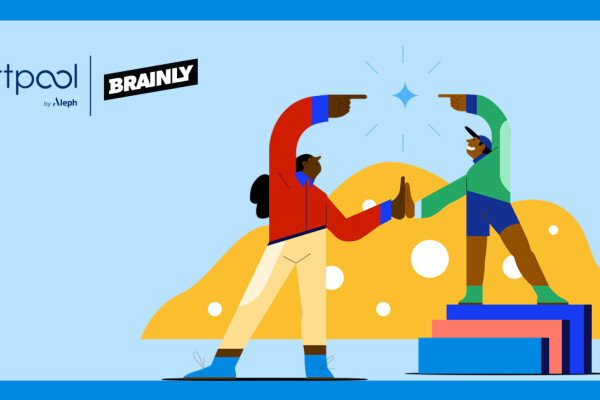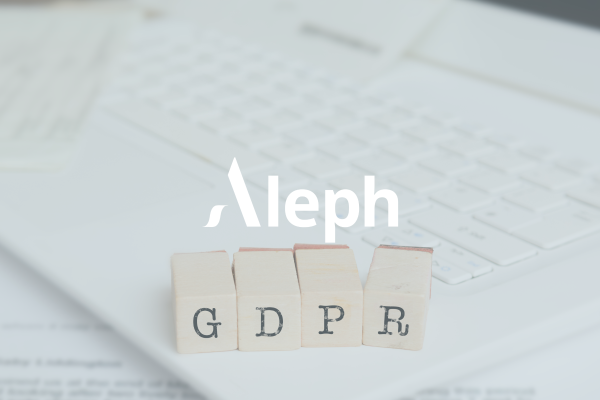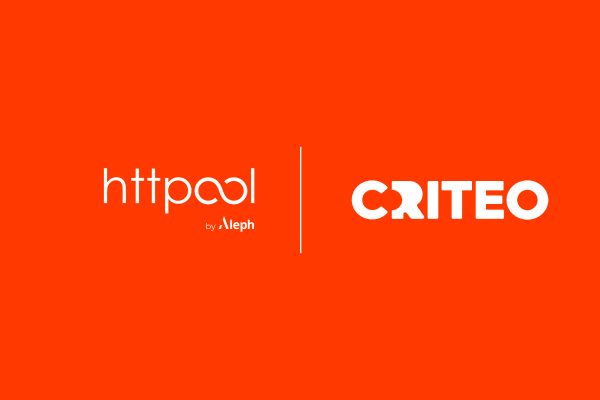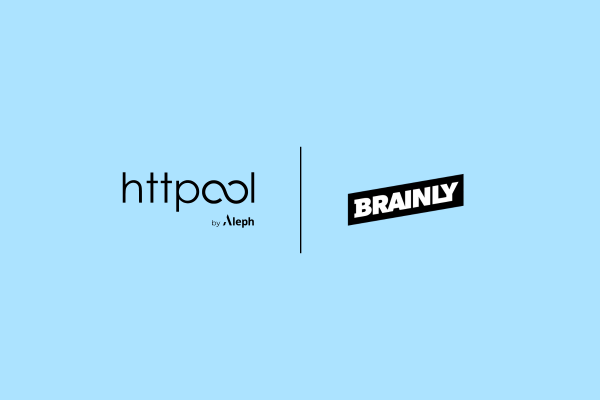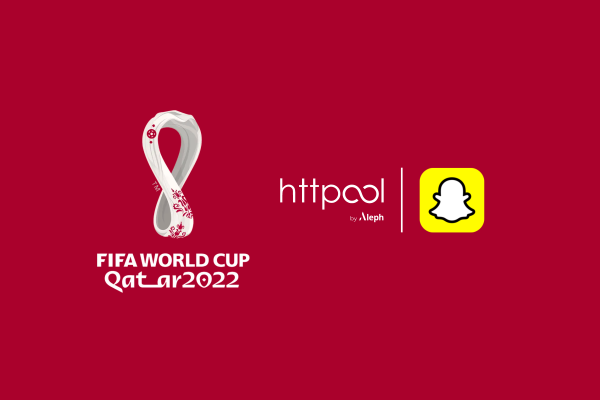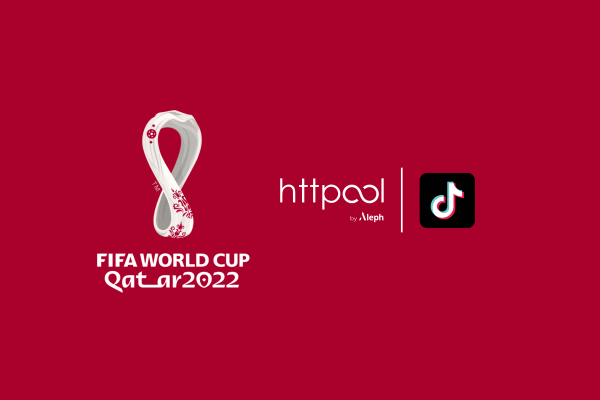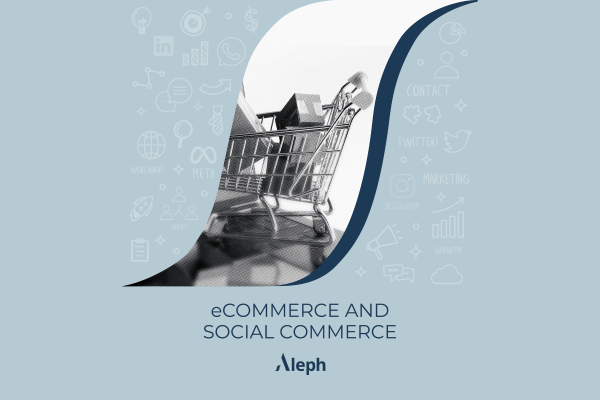
As the name implies, instead of directly showing your advertisement to the surfer, you embed it well with the content and make it relevant. Usually, we think that a user’s buying journey starts with a search, followed by interactions on social media. But, how about the stage where the need is there but the awareness isn’t? This stage is most commonly known as the discovery stage, a term very popular with a native advertising platform.
A user is consuming content, be it on a news site, a blog, a social platform, and the reason they are doing it is primarily because of maybe a need they are still trying to evaluate before accepting it exists.
The term “native advertising” is getting a lot of attention right now, and whether you realize it or not, you probably see it every day. Consumers are acquainted with this streamlined type of online advertising, and it is effective for companies, making it a good fit for a variety of platforms.
While native advertising is popular because of Facebook and Twitter, however, there are dedicated native advertising platforms that are globally very popular. Some of the most popular in the US market are Dianomi, Taboola, and Outbrain. The usual buy type is CPC (biddable) when done directly on the platform.
How Can Native Advertising Help Small Businesses?
Native advertising, when done well, will engage your audience in a way that does not feel like an advertisement. So, how can you produce native advertising for your small business that appeals to customers while also benefiting your company?
Select the Most Appropriate Platform for Your Audience
The key to successful native advertising is a thorough understanding of your target population. If you’re trying to reach out to a demographic that spends a lot of time on Facebook, this is where you should start. Go to Twitter if they use it frequently. Make sure you’re not wasting money on platforms that your target audience doesn’t use.
Once you’ve decided on a platform, familiarise yourself with it thoroughly. Articles, tweets, and Facebook posts are all very distinct, and using the same material across multiple platforms is not beneficial to your organization.
Create content that your target audience will enjoy.
Put yourself in the shoes of your ideal customer once you’ve gotten a handle on how your chosen platform works. As a user, spend some time exploring and consider the types of material you’d like to see. When you’re developing commercials, keep that in mind, and you’ll have a lot more success.
If you already have material that has shown to be popular with customers, you may use it to develop native adverts. You can modify photos, graphics, and other non-advertising content into formats that match the channels you wish to promote rather than beginning from zero. You can be sure that when your ad display on consumers’ screens, they will be compelled to click on them. Your ad gets blended into the page content, so, the ad copy becomes very important. While we say that an image is stronger than text, however, for native, ad copy plays a big role. There is no benchmark for click-through rates (ctr), however, consider 0.8% ctr to be really good. Another way of looking at it is that CTRs of native ads are generally higher than image banners.
Make sure to mark that content is sponsored.
Some audiences have criticized native advertising because it can be misleading. Don’t pretend that your stuff isn’t sponsored. It is an advertisement, even if it is placed discreetly.
Users have the option of learning more about your brand—or not—by declaring that material is paid for upfront. This may appear to be a drawback, yet it can assist filter out non-interested users. If someone is aware that the content they are seeing is sponsored yet still clicks on it, they interact positively with your business.
Start small
If you’re unfamiliar with the concept of native advertising, it can be intimidating. Creating content for several channels is a big job, so don’t try to launch an entire campaign in one day.
Promoted posts can be a terrific method to reach a broader, more targeted audience if your brand is already active on social media. They can also help you gain a feel for native advertising while also allowing you to test its efficacy. While promoted posts are a good start, they only reach a small portion of your audience.
Start by sponsoring one or two of your posts and seeing how they perform in terms of reach and engagement. Then, compare them to your organic posts from the past. This will give you an idea of the potential of native advertising for your small business.
For small businesses, running an online operation makes a lot of sense. On the other hand, many online companies make an error in allocating their limited marketing expenditures solely to promotional advertising, disregarding native advertising in the process. This can result in much lower ROIs and a slew of missed customer acquisition chances.
E-commerce businesses can boost their ROI by increasing ad engagement and conversion rates by employing this method.
Native advertising is a promising option since, in many ways, it allows smaller online businesses to stand out and begin to form relationships with clients.
